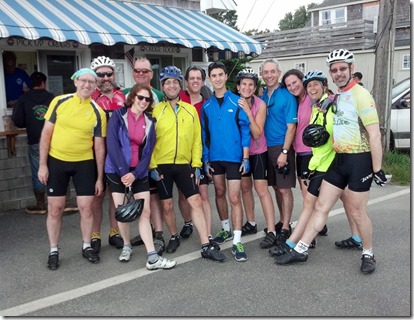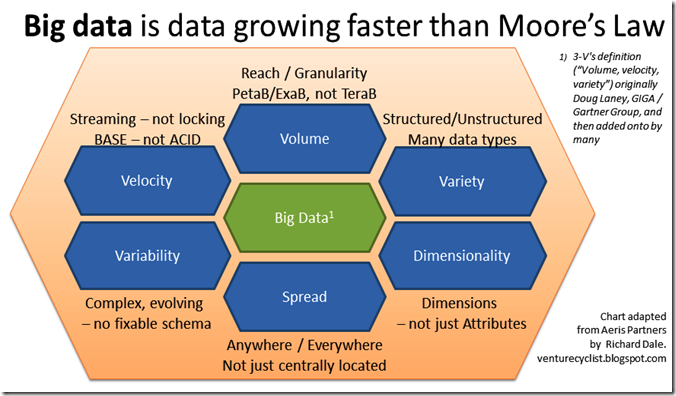As many of my friends know, I recently joined the team at Optum Labs as Chief Operating Officer, located in Cambridge MA, working for the newly appointed CEO, Dr. Paul Bleicher. Also as many of you know, I was fortunate enough to be a co-founder with Paul at Phase Forward. Having worked together before, I was particularly pleased when he asked me to consider this opportunity.
Years ago, when I first joined Sigma Partners venture capital, everyone (including me) talked wryly about me “going over to the dark side.” (This is an industry wide joke; look at Mark Suster’s “about me” box on his blog, and what Andrew Manoske wrote in his article “Joining the Dark Side: Why I left engineering to become a VC.”) Even if Mark Suster and Andrew Manoske are still on the dark side, I am back on the operating side of the world – by corollary, back working for the Jedi knights, and remembering how to build my own light sabre.
I have not until now written publicly about my recent efforts to raise a micro-VC fund, which I had called Big Data Boston Ventures (BDBV). That was because the SEC has not yet published new regulations (required by the JOBS Act) to allow for a more relaxed approach to marketing for VC funds. While I was raising a fund I couldn’t talk about it – now I have stopped that effort, I can.
Big Data Boston Ventures was conceived as a micro-VC fund that would invest in seed stage companies which fit into the big data theme. I have been writing about big data in this blog for a while, and the idea that I am bullish on this should surprise no-one.
Many of my friends in the entrepreneurial and investing community have said (at least to me) that my fund concept made lots of sense, that it was needed, that it was the right theme, that I would be a sought after investor/mentor (and hence get the opportunity to participate in great deals), and that, therefore, the fund would be successful. The LP community (those who invest in VC funds) are caught in a series of dynamics that mean they are just not interested in taking the kind of risks that such a fund might offer. Many GPs (VC general partners) with a better track record, and a more conventional (and in that way stronger) pitch story than mine have been finding it tough to raise new funds. This was all the more so for me as a solo GP going out with a first fund.
I had not actually given up on my fundraising when this new opportunity presented. I was making very slow progress, but progress nonetheless, and had certainly planned for another few months to try and get launched. However, when Paul called about Optum Labs, I was immediately intrigued, and quickly became very enthusiastic.
People know I am a very interested observer of healthcare and life sciences (HC/LS), and have made a point of staying current on trends in the industry and related IT. Ever since the inception of BDBV, people have suggested I focus on healthcare and life science (HC/LS) inside the big data theme, or even consider a pure HC/LS IT fund. My consistent response was that I believe that while there are great HC/LS startups that could fit into a fund with a broader big data theme, there just are not enough to justify a narrow industry-focused seed stage fund. This answer provides the background for my response when Paul called. Optum Labs provide the opportunity and challenge for me to work at the center of innovation in HC/LS. Optum Labs is a small startup inside a large, well respected organization partnered with leading players in the industry.
I plan to stay in touch with early stage startups in big data, and especially in healthcare and life sciences. I hope to continue to do some mentoring and be involved in other ways in the start-up community. Optum Labs is based in Kendall Square (One Main St) so I will still be close to the action.





